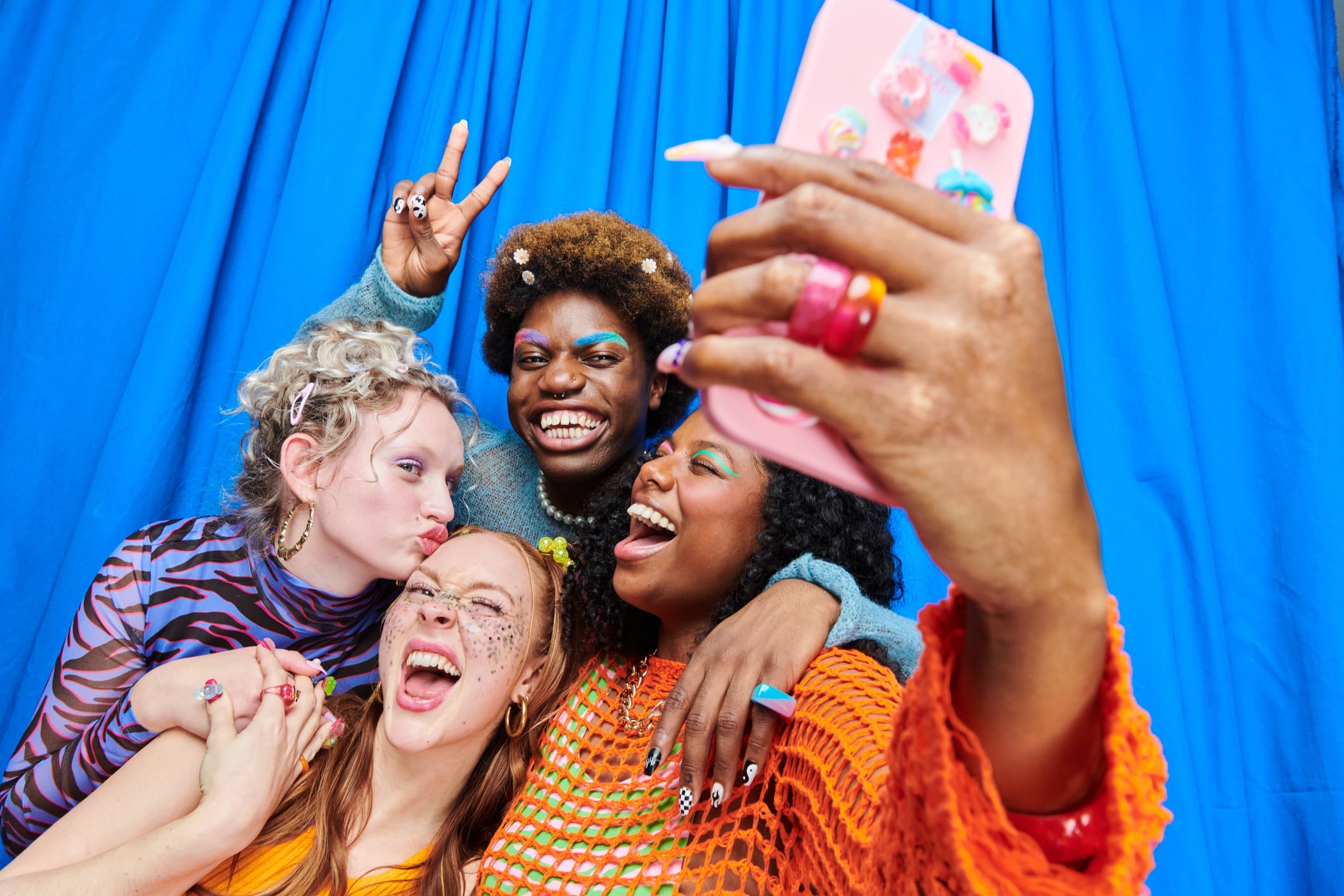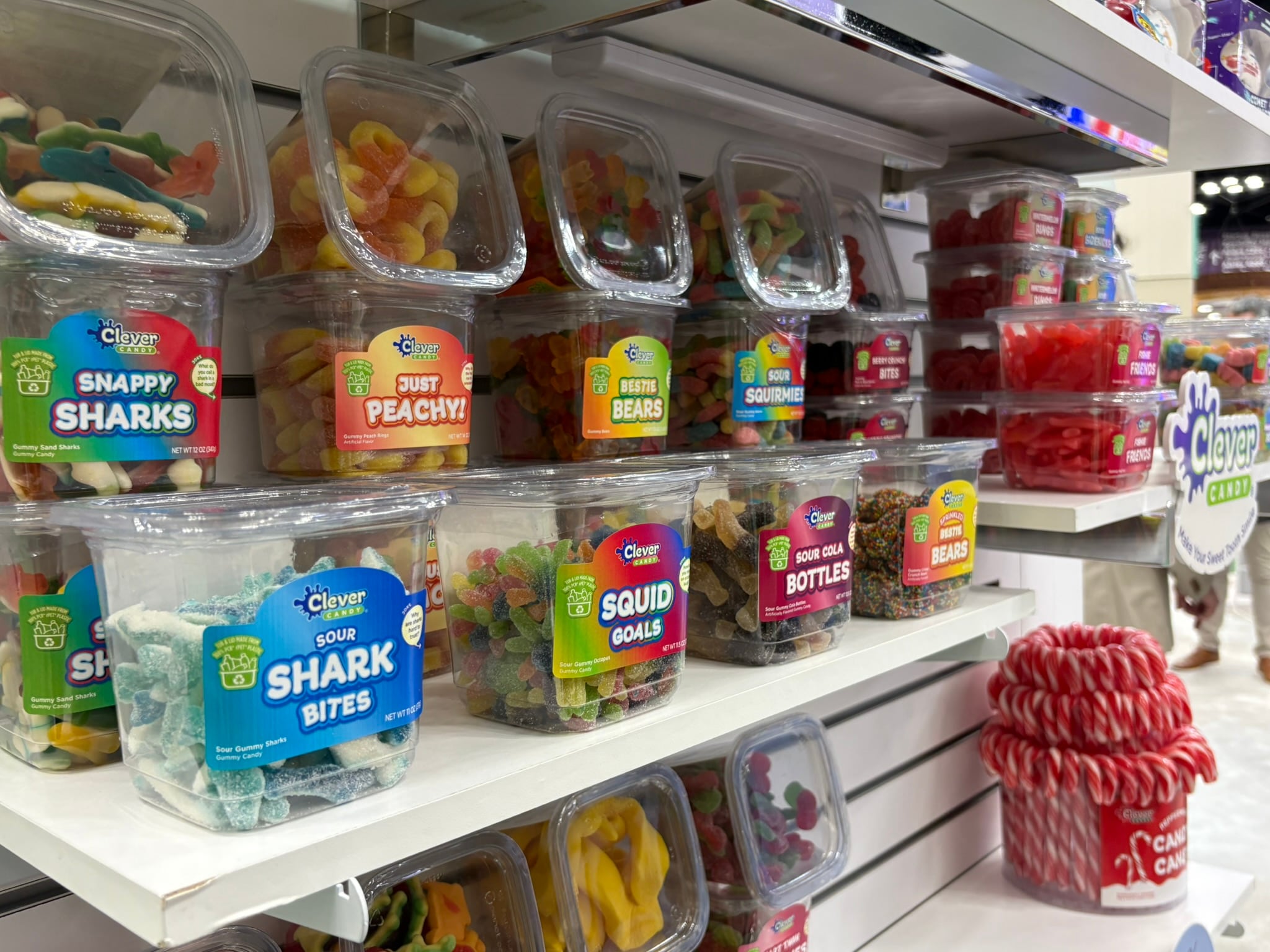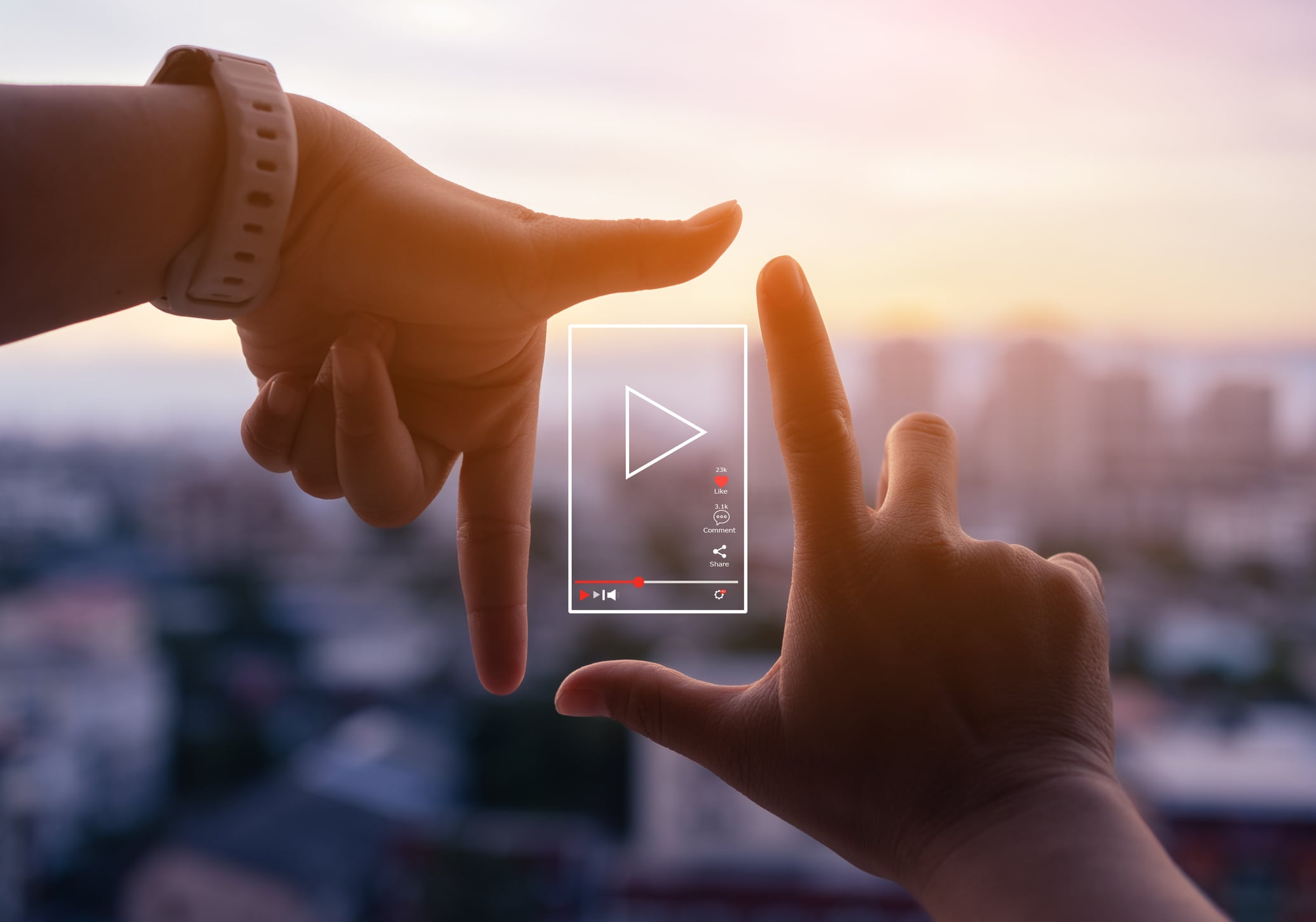Born between 1997 and 2012, Gen Z consumers are online-natives who navigate the web with seamless ease from an early age. Versed in TikTok, Youtube and Instagram, Gen Z’s radar for ingenuine communications is sharper than their older counterparts, according to experts. Their ability to identify authenticity in advertising shapes how brands connect with them IRL and online.
“Gen Z is the most marketing-literate generation we have ever seen. They are not just audiences; they are co-authors” for brands and retailers, explained Cheryl Overton, CEO, Cheryl Overton Communications.
Food and beverage’s inherent connection to emotional wellbeing is taken to new heights as Gen Z consumers prioritize products that align with their values, according to Meredith Post, creative director at global consulting and design firm Landor.
“We are seeing a significant shift in how brands connect with Gen Z, particularly in the food and beverage sector. This generation prioritizes emotional well-being and seeks connection. This influences their decisions, especially when shopping, driving them towards products that offer comfort, affordability, and even a bit of playful curiosity,” Post said.
Marketing to Gen Z and Alpha
This story is part of a special collection of articles that explores how brands and retailers can earn Gen Z consumers' loyalty through value, convenience and affordability.
Check out the full collection of stories here.
To receive future special editions via email, register for free for FoodNavigator-USA’s newsletters. Find out more by clicking the yellow ‘register’ button at the top of our homepage or by visiting https://www.foodnavigator-usa.com/Info/Why-register/
Creating ‘emotional shortcuts that resonate instantly’
So how can brands connect with these digitally discerning consumers?
Gen Z is the first generation to grow up with endless choices delivered instantly – and the more time they spend online, the more they are served hyper-personalized products shaped by their digital footprints.
“Traditional branding is no longer enough. Brands need to move beyond mere recognition and build deeply felt connections. Gen Z consumers are bombarded with choices, making selections in a heartbeat. To capture their attention, brands must create emotional shortcuts that resonate instantly,” Post explained.
These “emotional shortcuts” could look like unexpected brand collaborations (e.g. a CPG brand partnering with a gaming platform), micro-influencer partnerships and engagement-driven campaigns “to generate buzz and social currency,” Post suggested.
“Ultimately, brands that win will be those that understand that Gen Z is not just buying a product; they are buying into a story, a purpose and a vision. This requires a commitment to transparency, creativity and most importantly, the ability to forge memorable connections that transcend simple recognition,” Post added.
Building trust through influencers
Influencer partnerships are especially valuable with Gen Z, who prefer to buy products recommended by people they trust.
“We are also seeing brands partner with micro-influencers for authentic storytelling. Gen Z trusts recommendations from people they know (or feel like they know) more than brands themselves, so partnering with creators who genuinely align with their values to build trust and drive discovery that feels organic and not just a paid advertisement,” she said.
User-generated content also is essential to connect with Gen Z consumers, Overton said.
“UGC is not a tactic, it is table stakes. Brands winning with Gen Z are investing in user-generated content as foundation. They are prioritizing micro-creators, lived credibility and building creator networks that double as brand advisory councils,” she added.
For example, the American Egg Board’s partnership with Olympic breakdancer Sunny Choi highlights the egg’s versatility as a protein-rich snack or meal, showcased through her own recipes and performance routine.
Surprise collaborations and LTOs ‘generate FOMO and shareability’
Unexpected collaborations – for example Apothékary x Oishii Rosé -Tinted Glasses tincture which combines Apothékary’s wellness brand with Oishii’s premium strawberries – are Gen Z fodder for experiential products that reflect their desire to boost social currency and “generate FOMO and shareability,” Post said.
“These are not just about the product itself; it is about the experience of discovering something unique and the social currency gained by sharing it,” she added.
Gen Z’s interest in limited time offerings (LTOs) reflects the desire to boost that social currency as well, giving brands an edge over traditional advertising, Overton explained.
“Drop culture meets CPG. Inspired by streetwear, food brands are experimenting with limited drops, seasonal exclusives and collabs with creators and cultural icons. It is driving urgency, discovery and loyalty without traditional ad spend,” she said.
Innovative flavor combinations, from extreme sour to spicy and sweet profiles, also “spark curiosity,” explained Brian Brown, president and partner at food marketing agency Ingredient.
“They have a strong appetite for limited-edition flavors and unexpected flavor mashups. CPG brands can capitalize on this by experimenting with surprising flavors that spark curiosity. Limited-time offerings and seasonal innovations not only generate buzz in grocery aisles but also position CPG brands as forward-thinking and in sync with Gen Z’s craving for variety and novelty,” he said.
Developing ‘harmonized retail’
In retail, Overton emphasizes “harmonized retail” to connect with consumers, which is “an intentional blend of physical and digital designed to reflect how real people engage.”
“This impacts how CPG brands show up and engage: For Gen Z, that means brands must go beyond omnichannel and into omnipresence with purpose,” she added.
Harmonized retail could look like in-store app integrations that offer promotions or rewards, interactive displays, experiential pop-ups and mobile ordering.
Packaging is content
QR codes on packaging also provide brands an opportunity to connect with content-focused Gen Z consumers.
“Smart brands are treating packaging like the first swipe of a digital experience, embedding QR codes, social calls-to-action and even Easter eggs to turn a grocery aisle into a scrollable moment,” Overton explained.
She continued: “Gen Z does not want to be marketed to; they want to be engaged in the process. That means brands must show up in community-first ways, whether reimagining tailgating as a lifestyle play or creating moments that invite participation over promotion.”




